The city gate is one of the typical features of Hanoi's urban architecture, dating back to the time of Thang Long citadel and not found in any other locality in the country.
According to historical documents, the name "gate" appeared in 1749, after Lord Trinh Doanh rebuilt the 16km long earthen wall on the foundation of the Mac Dynasty ramparts, surrounding the Thang Long Imperial Citadel.
On this wall, there are 8 gates (doors) for people to enter and exit the city. These gates are called city gates, all built in a square shape, carefully guarded, open during the day, closed at night, and have fences, with soldiers patrolling to prevent thieves and fire alarms.
The word “gate” in Vietnamese is originally translated from the word “o mon” in Chinese, in which “mon” means door, “o” means mound, rampart – a low-lying area, surrounded by high mounds to form a shelter (thon o, truc o). The word “o” also means a door connecting the inside to the outside.
The gates of the ancient Thang Long citadel all had in common the fact that they led to the Red River and the To Lich River. Under the Nguyen Dynasty, Thang Long-Hanoi's planning was adjusted many times and the number of gates also changed over time.
According to the "Northern Citadel Geographical Gazetteer" compiled in the early 19th century, Hanoi had 21 city gates. However, in 1831, when Emperor Minh Mạng established the "Hanoi Province," the map of the "provincial city" (i.e., the inner city of Hanoi) only showed 16 city gates. By 1866, during the reign of Emperor Tự Đức, the map of the "Hanoi Province" only showed 15 city gates…
In the 20th century, with the vicissitudes of history, many city gates gradually disappeared. Hanoi was left with only five gates that are frequently mentioned and have become famous landmarks in poetry and literature, especially in the triumphant song "Marching Towards Hanoi" by the late composer Van Cao, with the image becoming a symbol: "The five city gates welcome the marching army / Like a flower welcoming the blooming of five peach blossoms" on the victory day of October 10, 1954.
The five gates of Hanoi that musician Van Cao mentioned are: Quan Chuong Gate, Cau Den Gate, Dong Mac Gate, Cau Giay Gate and Cho Dua Gate. Currently, these gates are all important traffic intersections or areas of the capital.
O Quan Chuong Gate
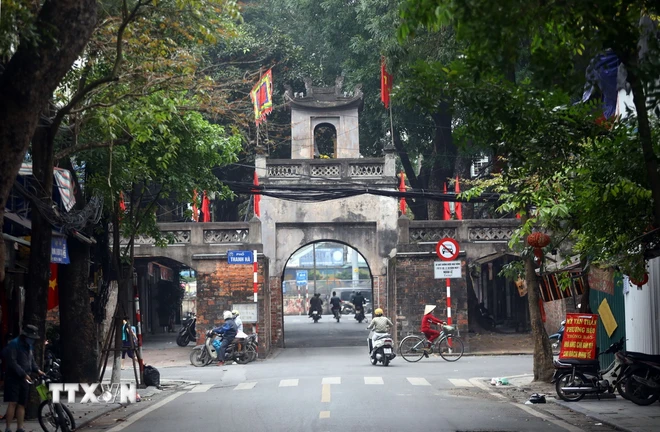
Quan Chuong Gate was built in the 10th year of Canh Hung (1749) of the Le Dynasty. In the 46th year of Canh Hung (1785), this gate was overhauled. In the 3rd year of Gia Long (1804), it was rebuilt and expanded to its current size.
Initially, this gate was called Dong Ha Mon (meaning Dong Ha Ward Gate), but later the locals changed its name to O Quan Chuong. According to historical accounts, this was to commemorate the merits of a military commander and the 100 soldiers under his command who bravely fought against the French to defend Hanoi.
Of the five city gates, only Quan Chuong Gate retains its original appearance with a triple-arched gate, a watchtower on top of the main gate, and three Chinese characters "Dong Ha Gate" above the main gate; on the left wall of the main gate is a stone stele erected by Governor-General Hoang Dieu in 1881 strictly prohibiting soldiers and officials from harassing people entering the city through this gate.
Quan Chuong Gate was recognized as a historical relic in 1994. Currently, Quan Chuong Gate is located on Thanh Ha Street, Hoan Kiem District, right at the intersection of Hang Chieu and Dao Duy Tu.
O Cau Den
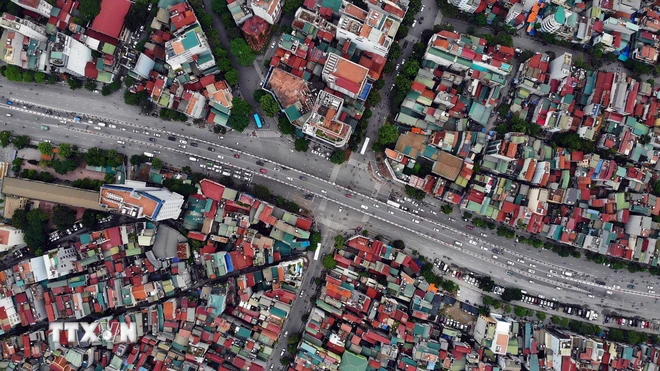
O Cau Den, whose Chinese name is Yen Ninh, is located behind the ancient Thinh Yen citadel. According to Dai Viet Su Luoc (volumes 2 and 3, History Publishing House - Hanoi, 1960), the place name O Cau Den in Thang Long appeared in historical books during the Ly dynasty, that is, around the 11th-12th century.
Old documents and maps show that the location of this landmark was fixed and existed for quite a long time. During the Nguyen dynasty, Cau Den gate was a major and important gate connecting Thang Long with the southern provinces and districts (to the capital Hue) through densely forested hills and a forest of apricot blossoms (now in the Bach Mai, Truong Dinh area).
According to the elders, from ancient times until the years 1945-1954, the current location of O Cau Den was traversed by a river. Both banks were alluvial plains with lush vegetable gardens year-round, most notably amaranth. The bridge spanning the river was therefore called Cau Den, and the name O Cau Den also originated from there.
Presently, O Cau Den Gate no longer has any traces of the past, the location of the old gate is the intersection of Hue-Bach Mai-Tran Khat Chan-Dai Co Viet streets today.
O Dong Mac
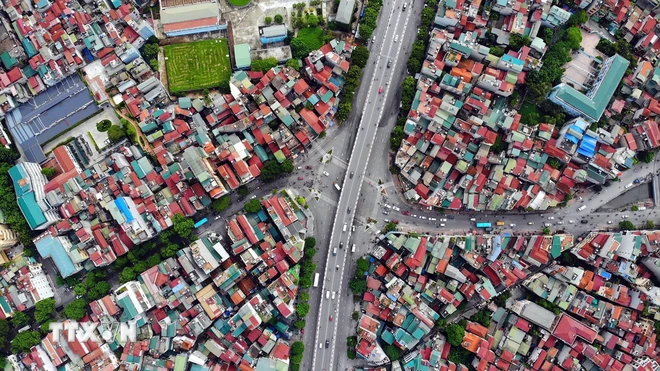
Dong Mac Gate is located not far from Cau Den Gate. During the time of Lord Trinh Sam (18th century), Dong Mac Gate was called Ong Mac Gate. The 1831 Hanoi map called it Thanh Lang Gate. By 1866, the map recorded this gate as Lang Yen. In the 20th century, people commonly called it Dong Mac Gate.
This gate was the only way to enter Thang Long citadel by both land and water, so it was usually heavily guarded by soldiers.
In “ The Capital Chronicle,” Hai Thuong Lan Ong Le Huu Trac, when returning to his hometown in Hai Duong, passed through this path. He wrote: “On September 10, early in the morning when the moon was still shining, I went out of Ong Mac Gate. The city gate was not yet open. The guards saw that I had a ‘Hanh Quan Phu’ card (a card issued by the Lord’s Palace to allow me to go through.”)
Nowadays, O Dong Mac Gate is just the name of a historical place, a trace of the old gate located at the end of Lo Duc Street, the intersection with Tran Khat Chan Street and Kim Nguu Street, Southeast of Hanoi.
Cau Giay Gate
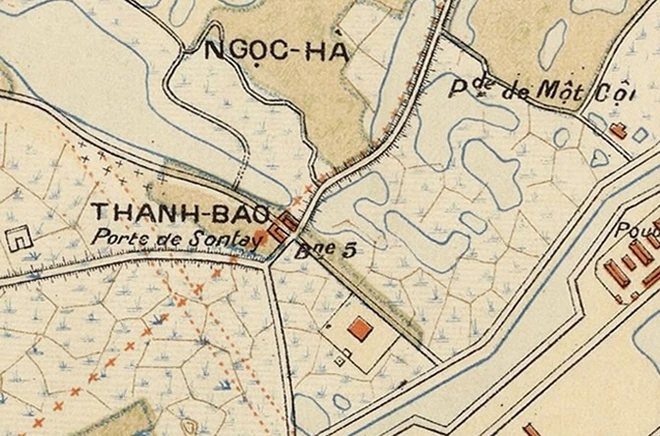
According to researcher Nguyen Vinh Phuc, Cau Giay Gate is a gate that cuts through the earthen citadel surrounding the densely populated area in the west of Thang Long citadel. The location of this gate belongs to Thanh Bao village, so it is called Thanh Bao Gate.
From the 19th century, to facilitate the sale of paper to people in the inner city, the paper-making villagers of Yen Hoa erected stalls at the city gate to display and sell paper, commonly known as "paper stalls." Therefore, the Thanh Bao city gate was also called the Paper Stall. The word "stall" here refers to a stall (market stall), not a bridge over a river.
Cau Giay Gate was demolished in 1891. Its current location is the intersection between Son Tay Street and Nguyen Thai Hoc Street, in front of the old Kim Ma bus station.
Cho Dua Square
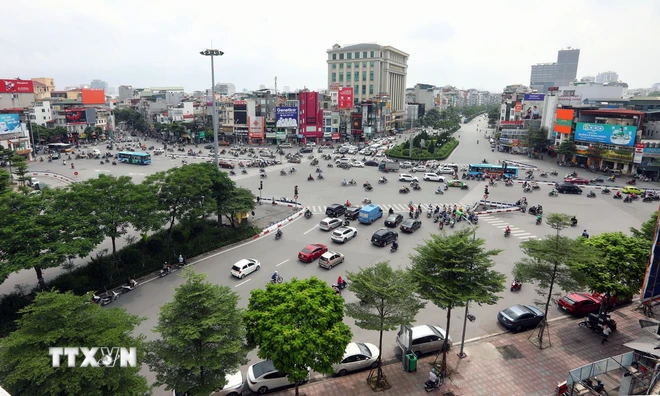
Cho Dua Gate has more than 760 years of history, in the past it was a very large gate and one of the important military defense positions in the South of Thang Long citadel. Near the gate there is a small market held under the shady coconut trees, which partly explains the familiar name of the gate.
The ancient scholars and literati often passed through Cho Dua gate to go to Van Mieu-Quoc Tu Giam. Outside Cho Dua gate, there is also Xa Tac altar, where every year in spring, the Ly and Tran kings often came to perform ceremonies, worshiping the god of land and the god of grain.
The traces of the old Cho Dua gate are now located at the intersection of De La Thanh, Ton Duc Thang, Nguyen Luong Bang, Kham Thien, Xa Dan streets and the new Cho Dua street.
Vietnamplus.vn
Source: https://www.vietnamplus.vn/70-nam-ngay-giai-phong-thu-do-di-tim-dau-tich-5-cua-o-lich-su-cua-ha-noi-post982243.vnp





![[Photo] Closing Ceremony of the 10th Session of the 15th National Assembly](/_next/image?url=https%3A%2F%2Fvphoto.vietnam.vn%2Fthumb%2F1200x675%2Fvietnam%2Fresource%2FIMAGE%2F2025%2F12%2F11%2F1765448959967_image-1437-jpg.webp&w=3840&q=75)


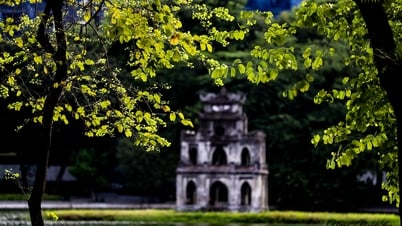











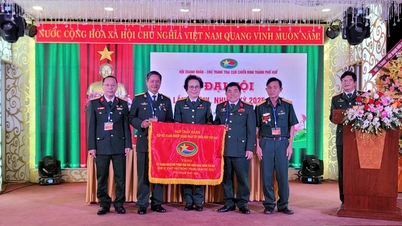
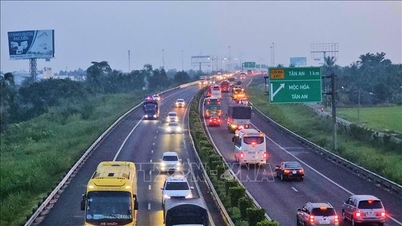

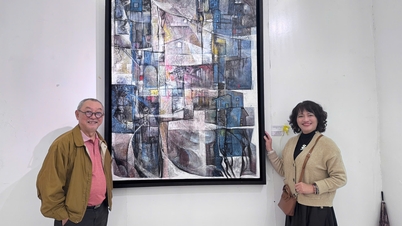
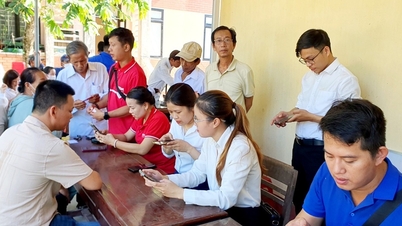






![[OFFICIAL] MISA GROUP ANNOUNCES ITS PIONEERING BRAND POSITIONING IN BUILDING AGENTIC AI FOR BUSINESSES, HOUSEHOLDS, AND THE GOVERNMENT](https://vphoto.vietnam.vn/thumb/402x226/vietnam/resource/IMAGE/2025/12/11/1765444754256_agentic-ai_postfb-scaled.png)
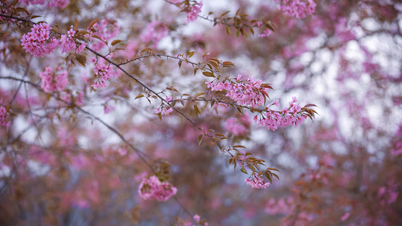
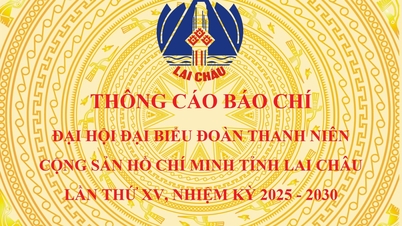
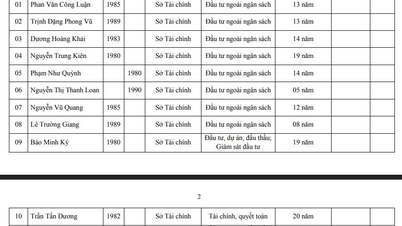
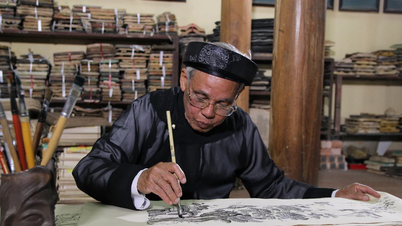
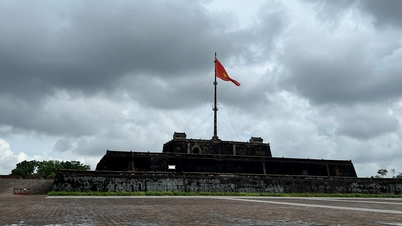

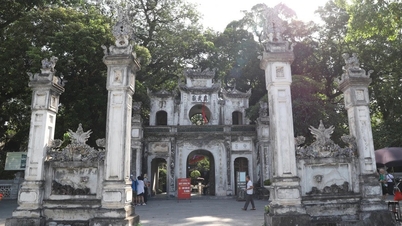



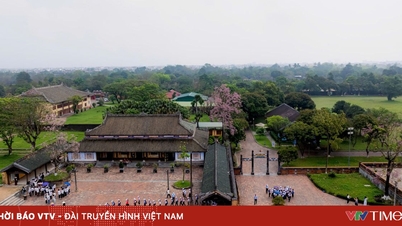



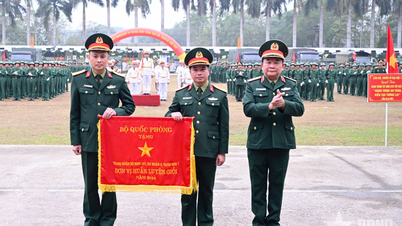

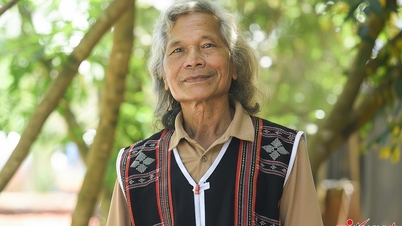


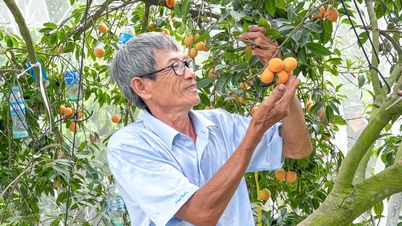

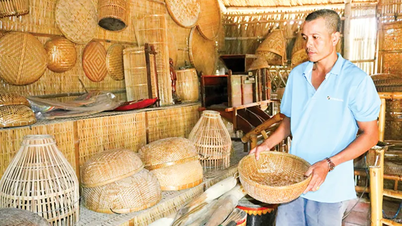














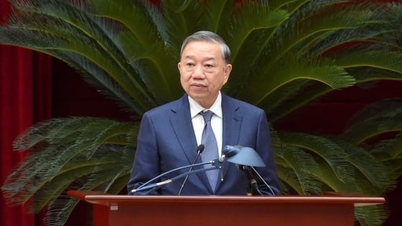



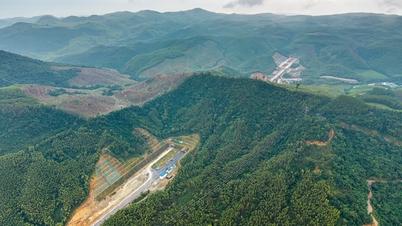

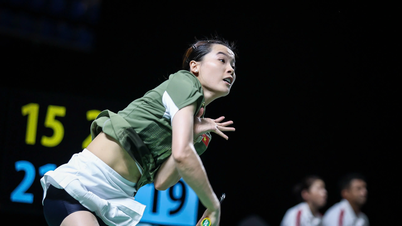


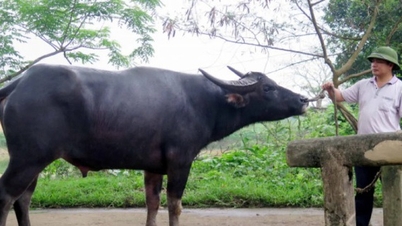



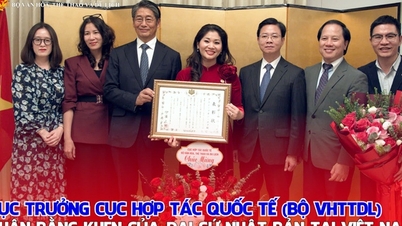




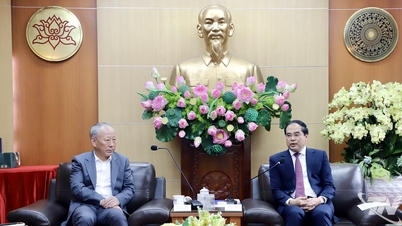





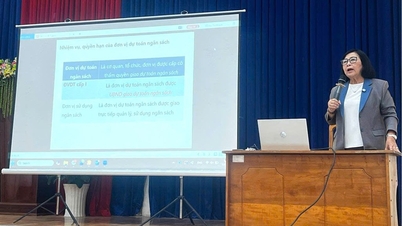















Comment (0)